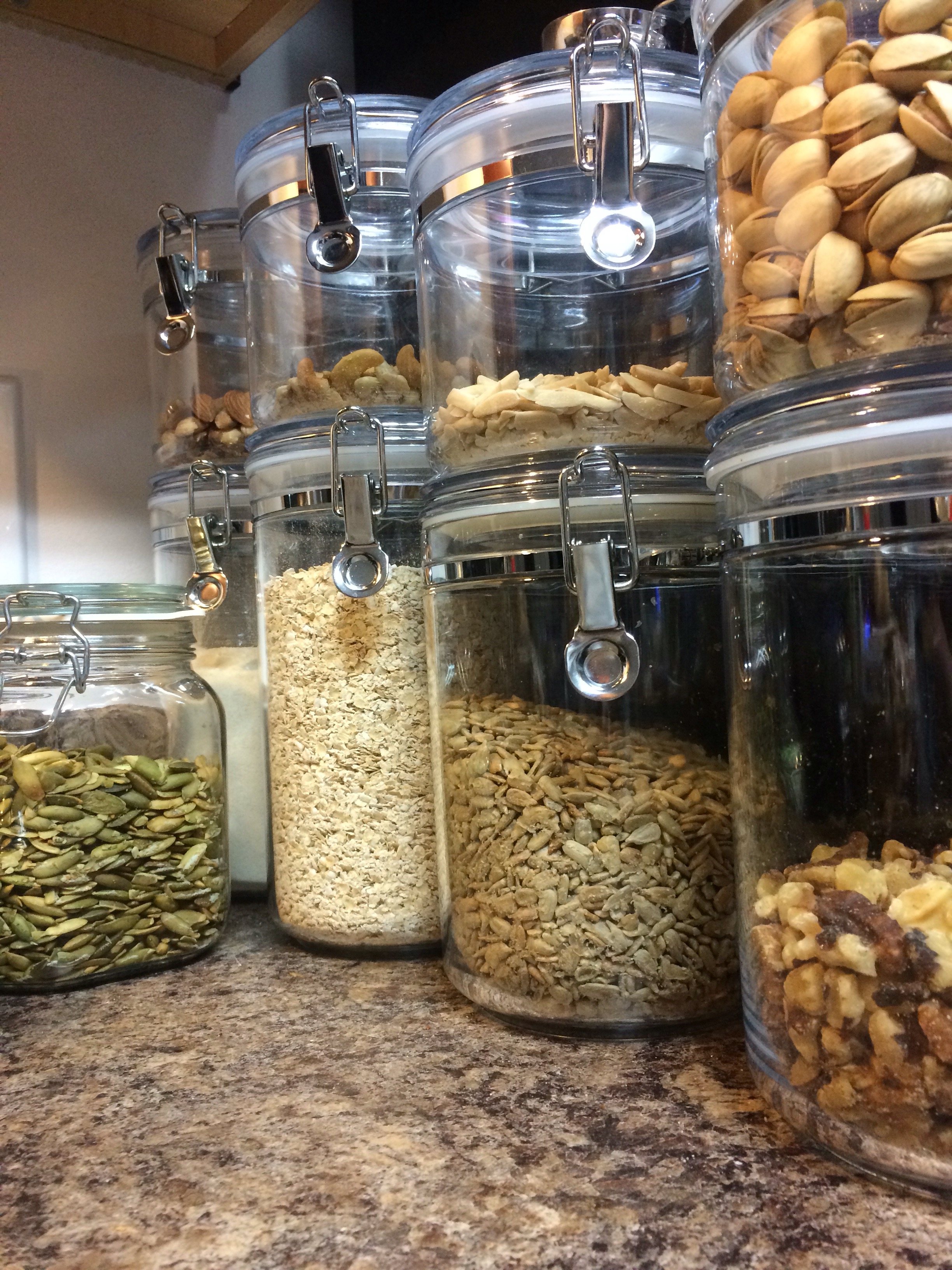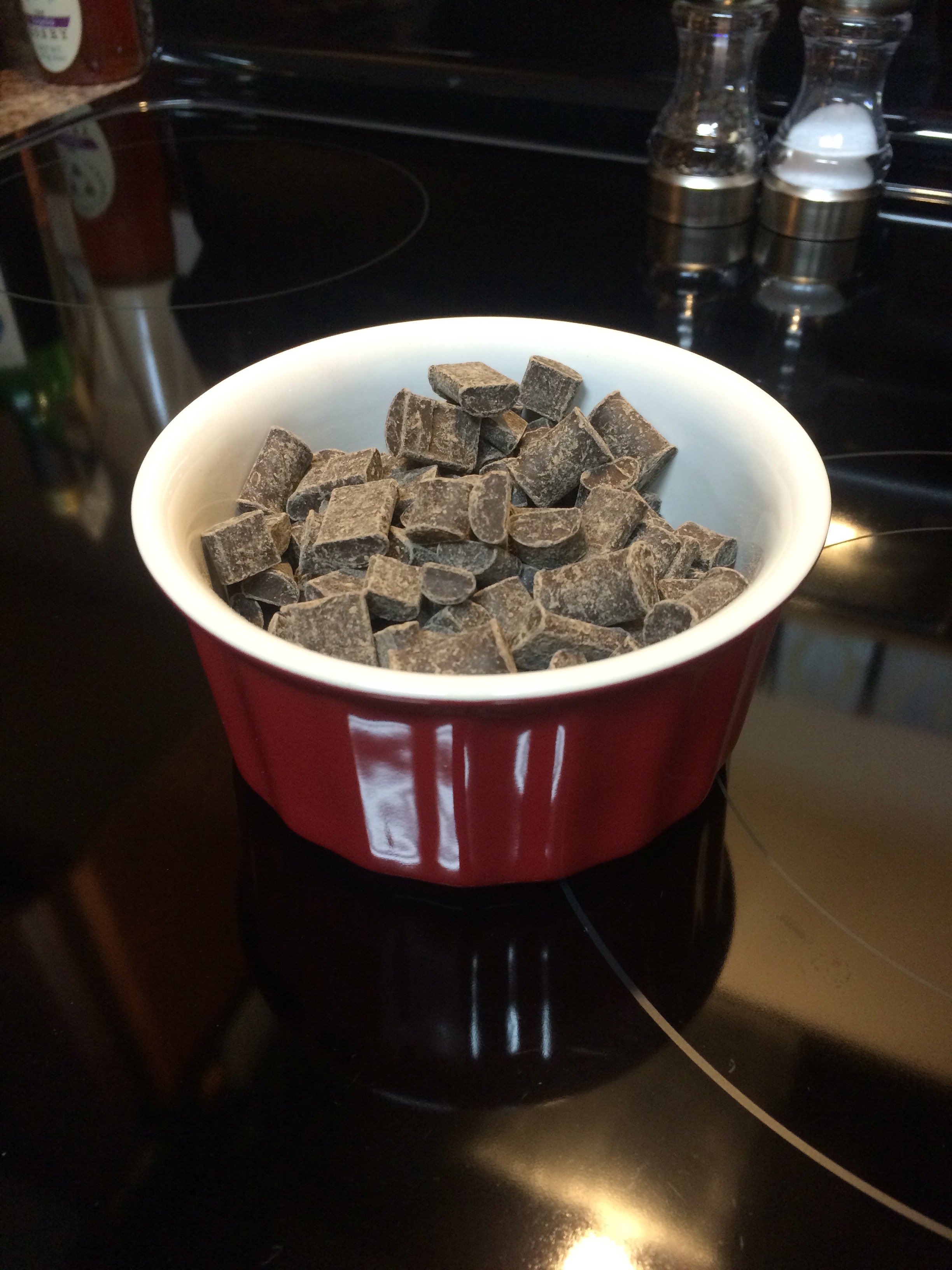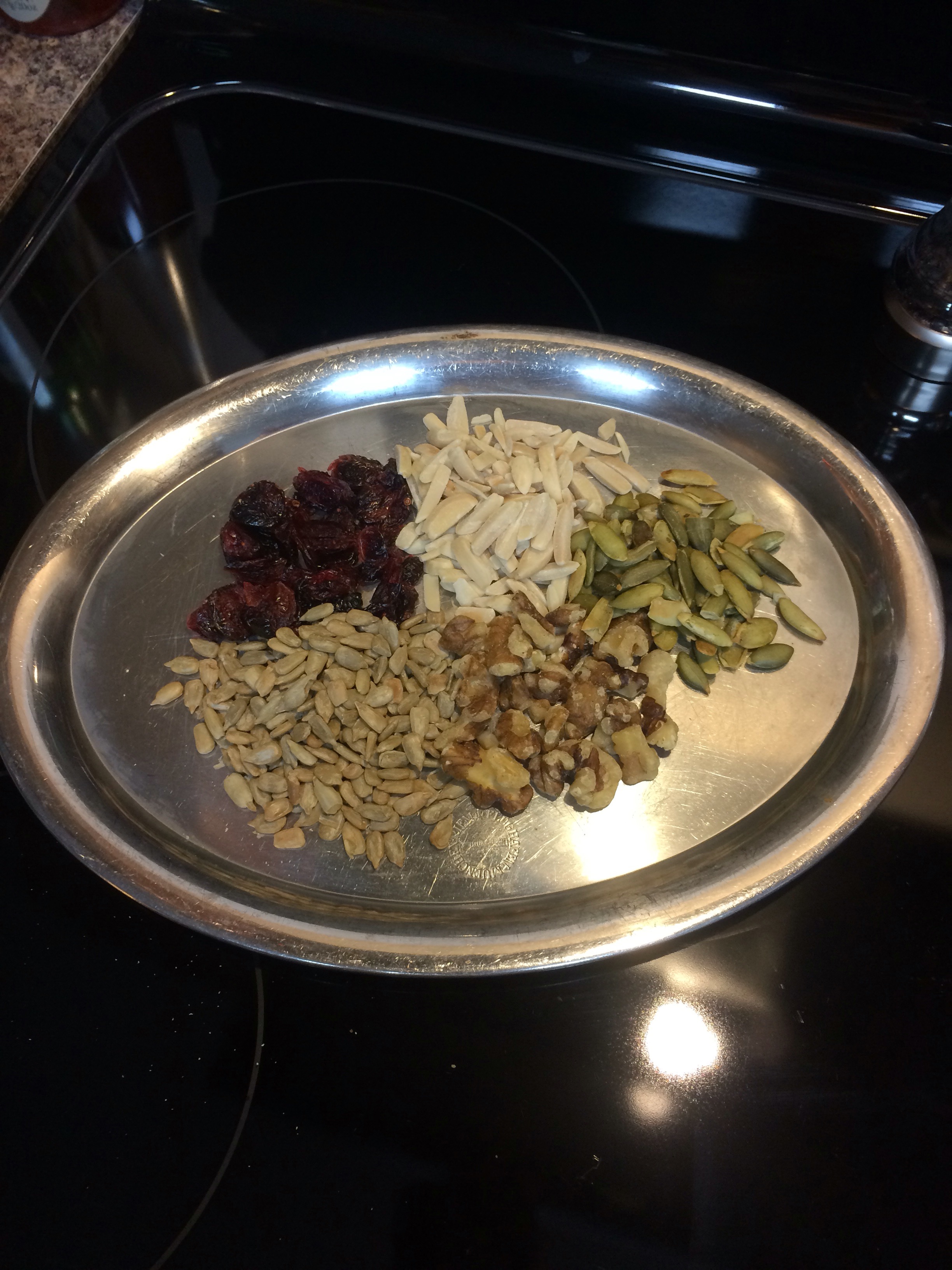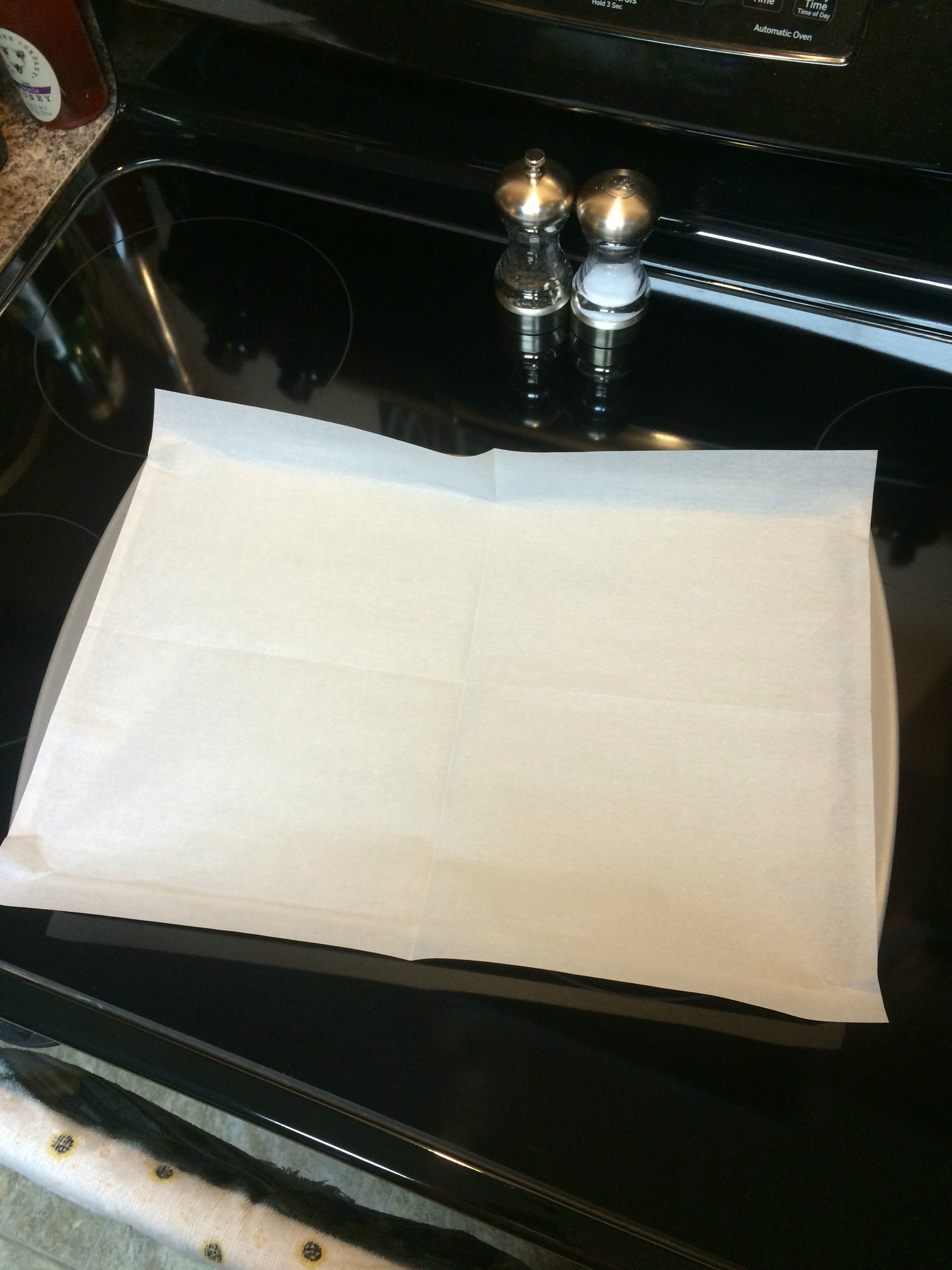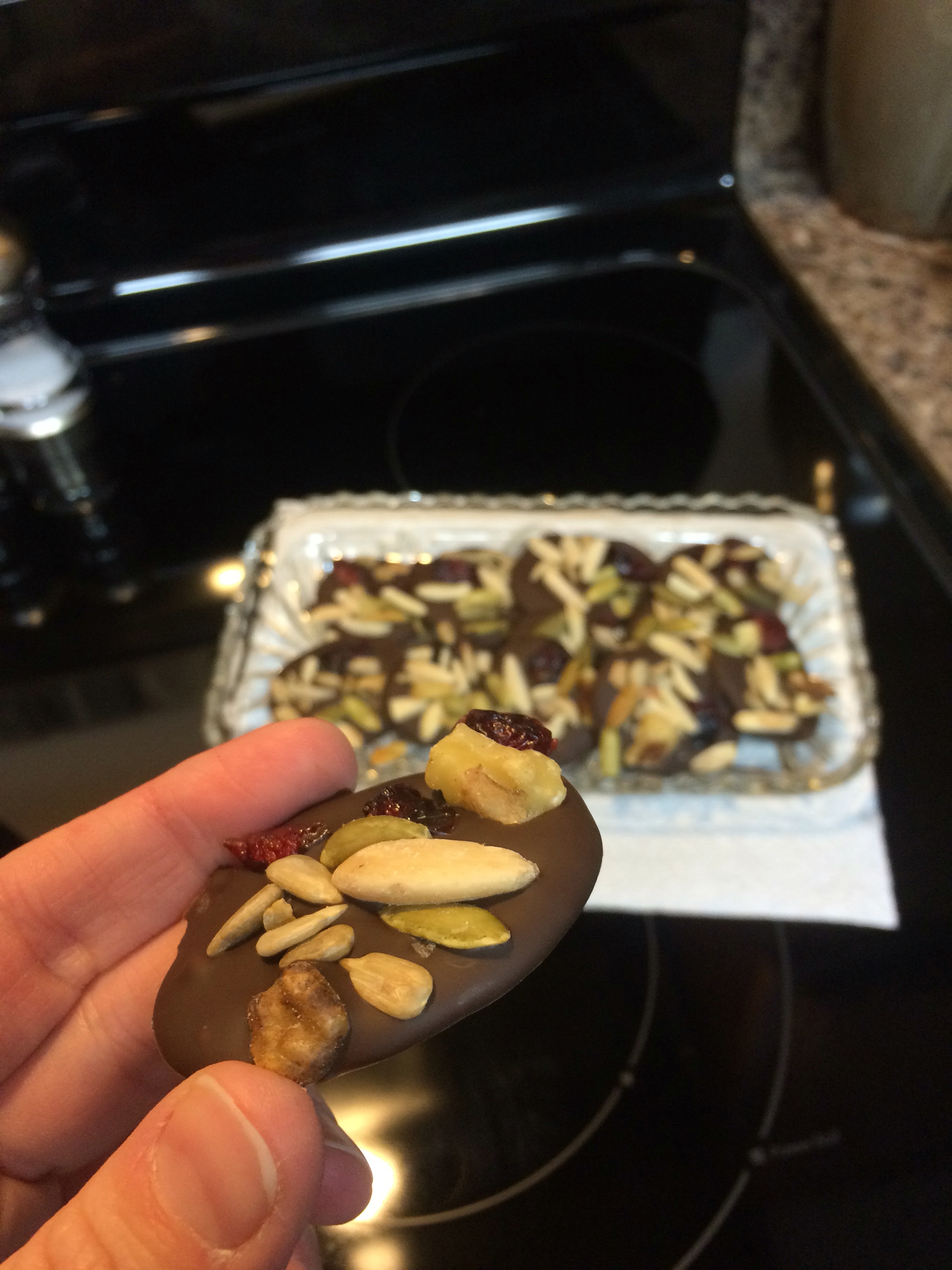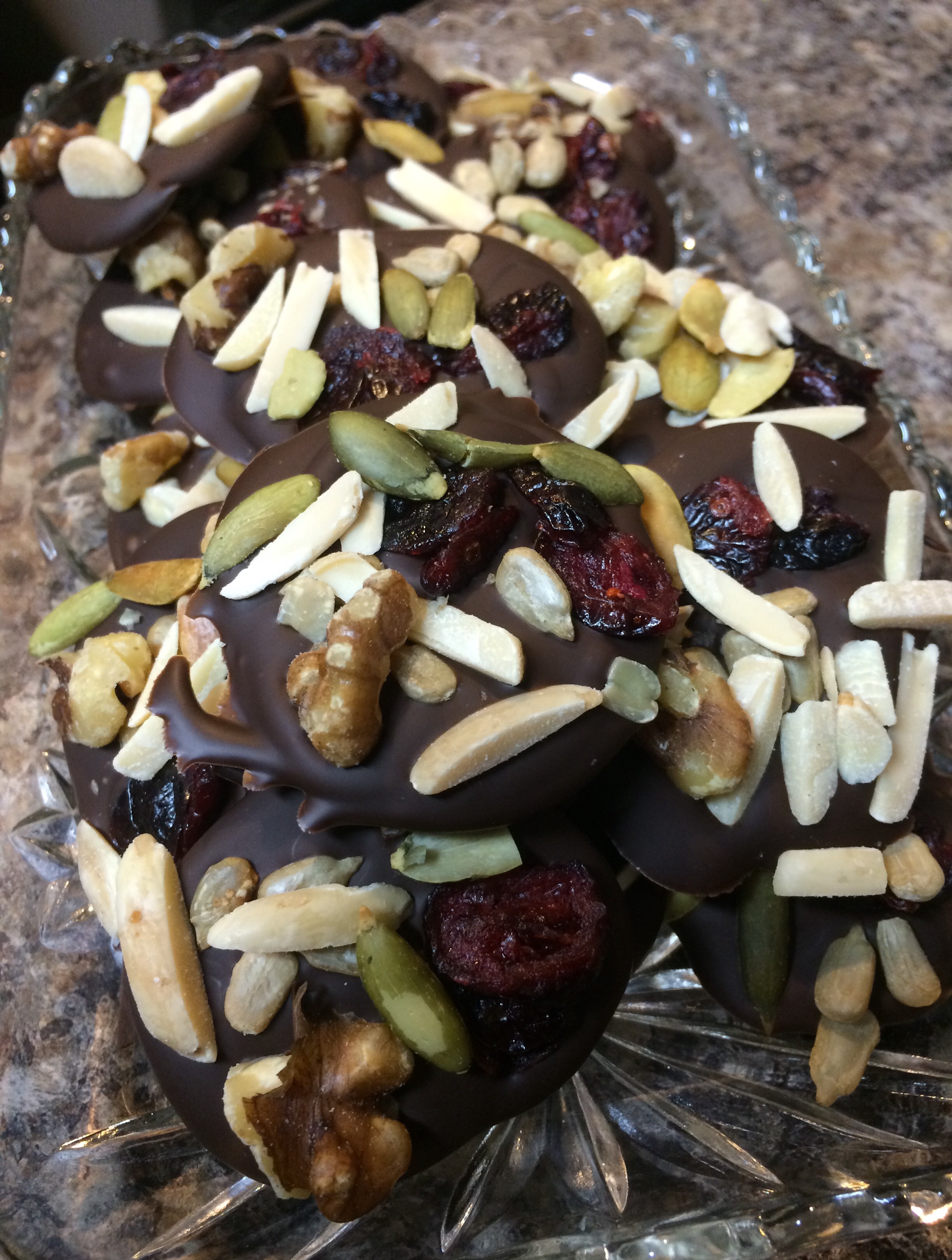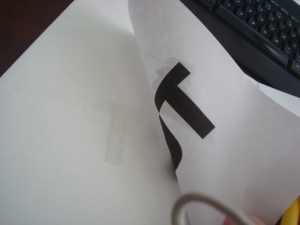Ingredients:
8 oz Dr. Bronner’s Castile Soap
20 drops Vitamin E Oil
1 tablespoon Sweet Almond Oil
1 teaspoon Jojoba Oil
4 tso Vegetable Glycerine
40 drops Bergamot essential oil*
40 drops Orange essential oil*
*I prefer to purchase my essential oils from Young Living or Plant Therapy.
Mix together and store in a glass pump bottle. Citrus oils are strong and can break down plastic.
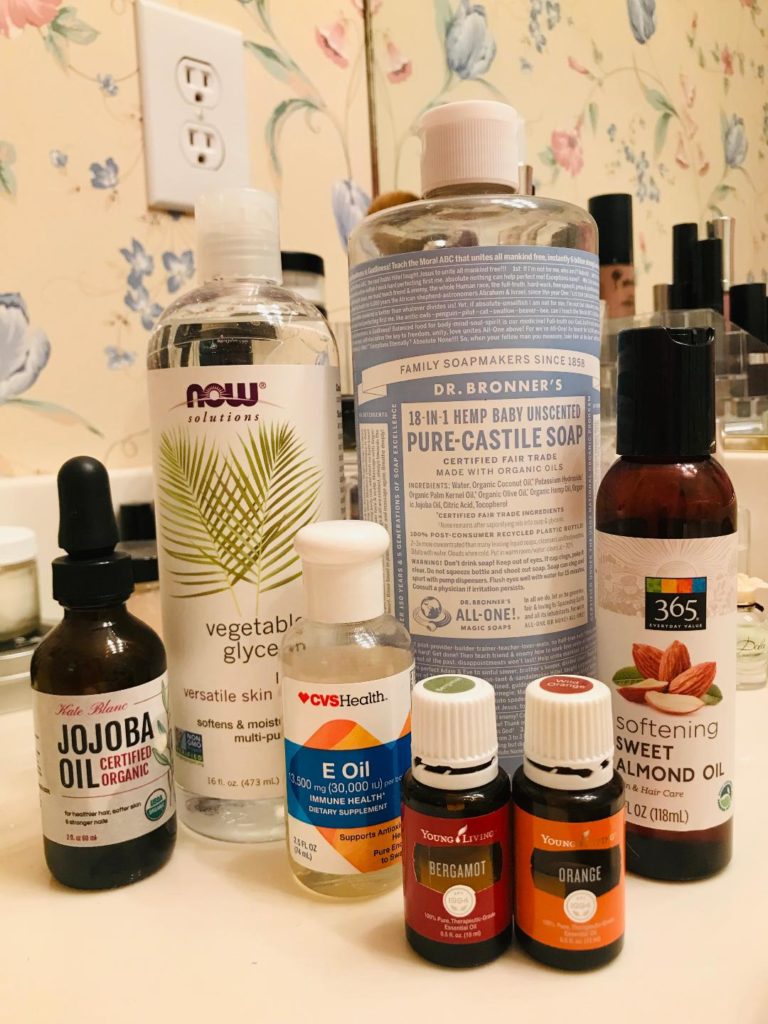
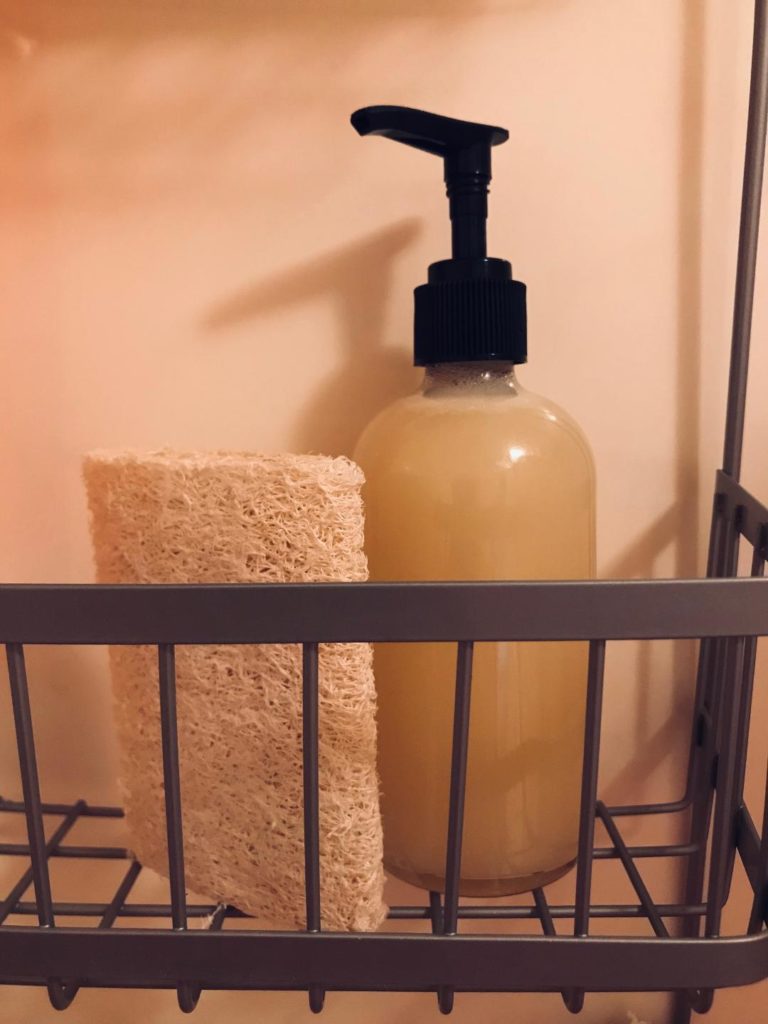
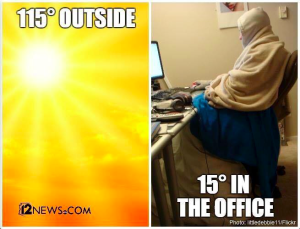
![[Photo credit: Trendy Tales of a Teacher]](http://jennbauguss.com/wp-content/uploads/2016/07/a753b7aca24fcb628daae3adf0e86373-148x300.jpg)
![[Photo credit: aliexpress.com]](http://jennbauguss.com/wp-content/uploads/2016/07/NEW-2016-Women-s-Shoes-Fashion-Boots-Thick-Heel-Ankle-Boot-High-heeled-Zip-Martin-Boots-300x216.jpg)
![[Photo cred: 17374bc074a785aff4b6c24915759e6dhttps://s-media-cache-ak0.pinimg.com/236x/17/37/4b/17374bc074a785aff4b6c24915759e6d.jpg]](http://jennbauguss.com/wp-content/uploads/2016/07/17374bc074a785aff4b6c24915759e6d-192x300.jpg)
![[Photo credit: coolthings.com]](http://jennbauguss.com/wp-content/uploads/2016/07/pinstripehoodie2-300x175.jpg)
![[Photo credit: aliexpress.com]](http://jennbauguss.com/wp-content/uploads/2016/07/Screen-Shot-2016-07-30-at-11.43.50-AM-285x300.png)
![[Photo credit: tommyjohn.com]](http://jennbauguss.com/wp-content/uploads/2016/07/undershirt-300x264.png)
![[Photo credit: jcrew.com]](http://jennbauguss.com/wp-content/uploads/2016/07/Screen-Shot-2016-07-30-at-12.15.30-PM-300x259.png)
![[Photo credit: jcrew.com]](http://jennbauguss.com/wp-content/uploads/2016/07/B2154_ST1880_m-300x300.jpeg)
![[Photo credit: jcrew.com]](http://jennbauguss.com/wp-content/uploads/2016/07/Screen-Shot-2016-07-30-at-12.35.24-PM-208x300.png)
![[Photo credit: jcrew.com]](http://jennbauguss.com/wp-content/uploads/2016/07/96b42f407c06c6361151f75129b99777-200x300.jpg)
![[Photo credit: jcrew.com]](http://jennbauguss.com/wp-content/uploads/2016/07/Screen-Shot-2016-07-30-at-12.48.36-PM-300x278.png)
![[Photo credit: jcrew.com]](http://jennbauguss.com/wp-content/uploads/2016/07/Screen-Shot-2016-07-30-at-12.46.38-PM-300x278.png)
